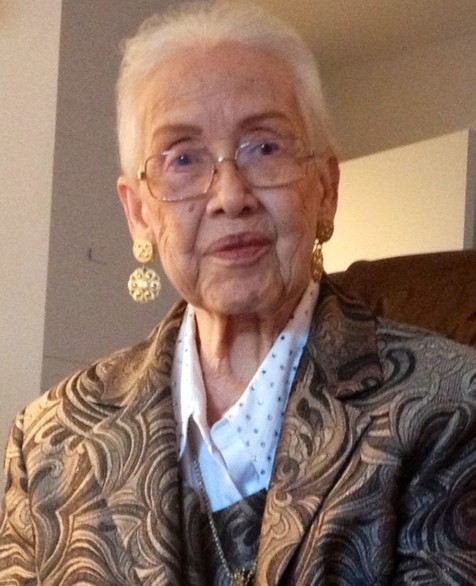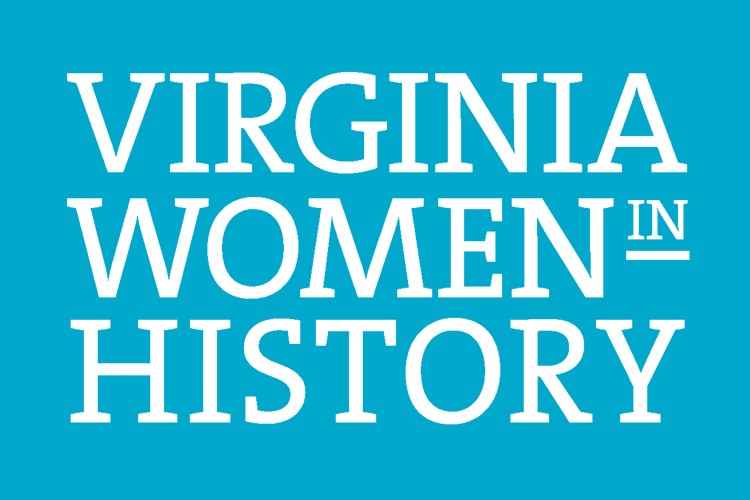Katherine Coleman Johnson
Introduction
Text-to-speech Audio
A talented mathematician, Katherine Johnson worked for NASA at the Langley Research Center for more than thirty years and calculated the trajectories for America's earliest manned space flights and the first moon landing.
Images
Photograph of Katherine Johnson, courtesy of Joylette Hylick.

The Library of Virginia honored Katherine Johnson as one of its Virginia Women in History in 2016.

The Virginia Women in History Digital Trail is made possible by the Library of Virginia and American Evolution: Virginia to America, 1619–2019.

Backstory and Context
Text-to-speech Audio
Growing up in West Virginia, Katherine Coleman Goble Johnson (b. 1918) was fascinated with numbers. A stellar student, she began college at age fifteen and was encouraged to study advanced math, including a course on the analytic geometry of space that was developed just for her. After graduating from West Virginia State College (later University) in 1937, she taught school, married, and had three daughters. When she learned that the National Advisory Committee for Aeronautics (NACA) at Langley Memorial Aeronautical Laboratory (later Langley Research Center) was hiring African American women to verify calculations needed by engineers, she and her family moved to the vicinity of Hampton, Virginia.
Johnson joined NACA in 1953 as a research mathematician and was part of a pool of women she has described as "computers who wore skirts," who read data, ran it through engineering equations, and turned it into usable information. Temporarily assigned to an all-male team in the Flight Research Division, Johnson demonstrated her knowledge of analytic geometry and was assigned to the Space Task Group of the new National Aeronautics and Space Administration (NASA) in 1958. She calculated the landing trajectory for the first American in space—Alan Shepard's 1961 mission. For the first moon landing in 1969, she calculated how to propel space capsules into orbit around the moon and how to send landing units to and from the lunar surface. She retired from NASA in 1986, and for many years continued to speak with school groups, urging students to pursue opportunities in math and science. In 2015 she received a Presidential Medal of Freedom in recognition of her accomplishments. Johnson's story was also featured in the 2016 motion picture Hidden Figures.
Reprinted with permission of the Library of Virginia.
